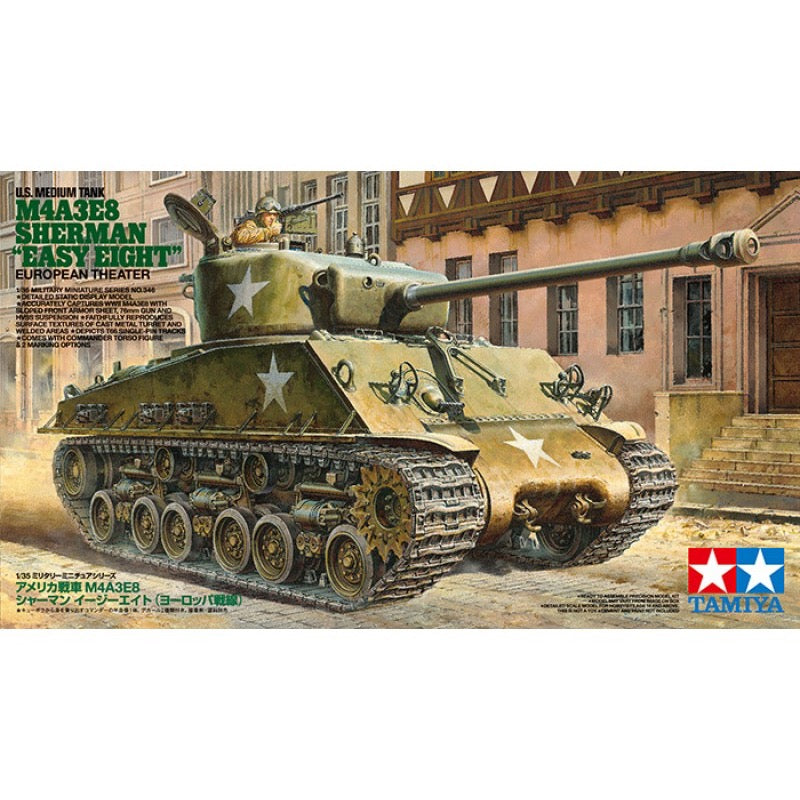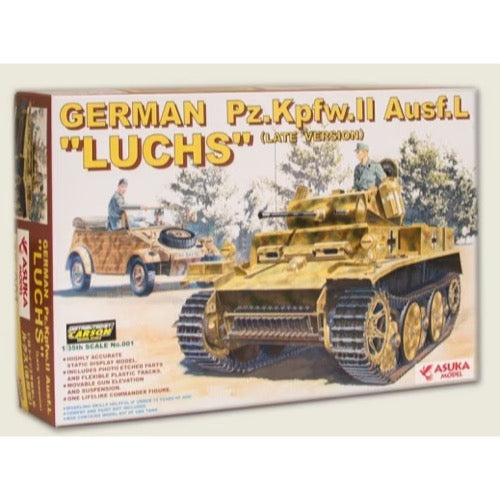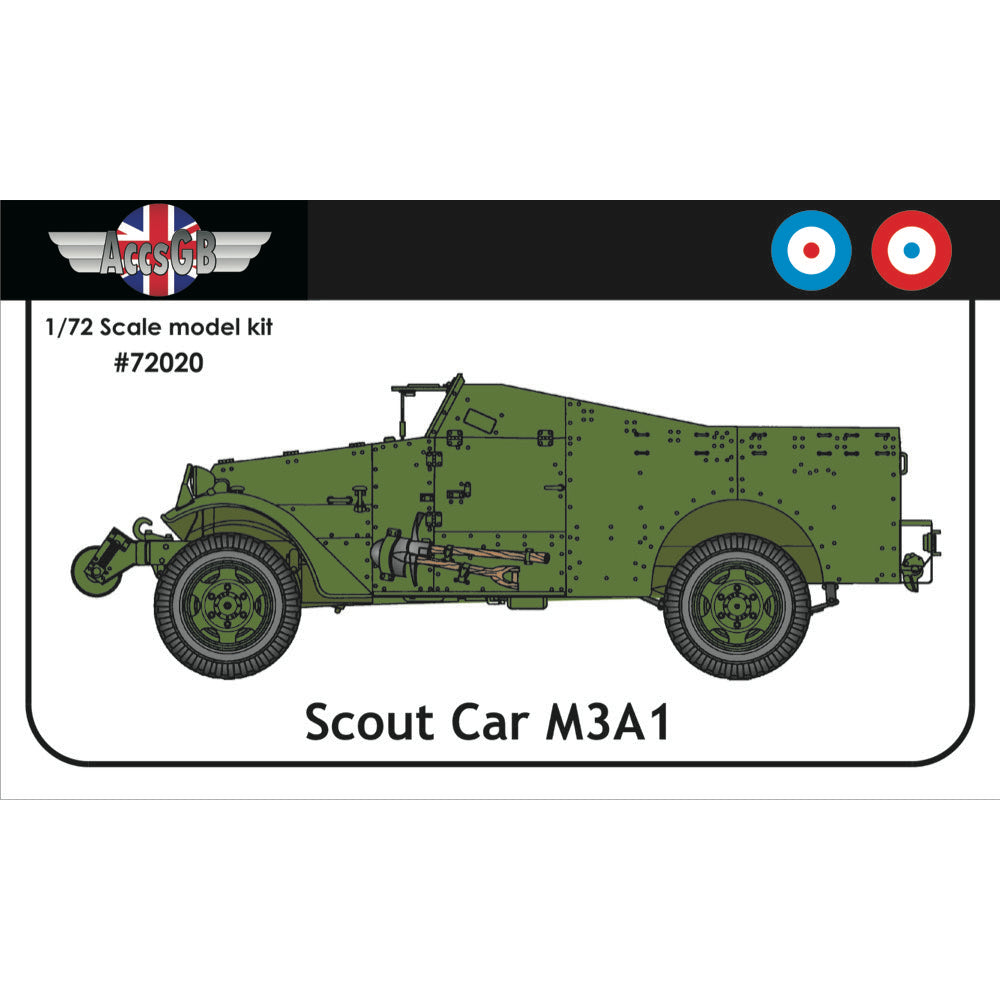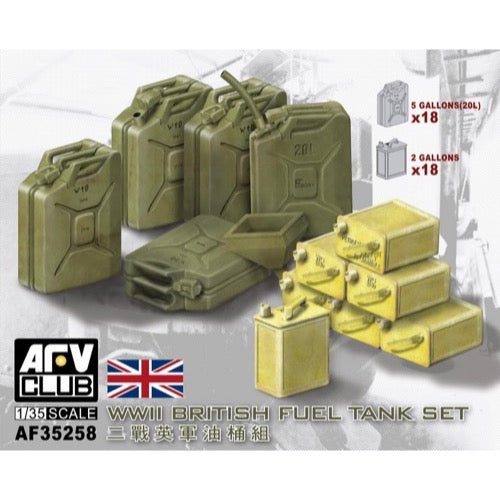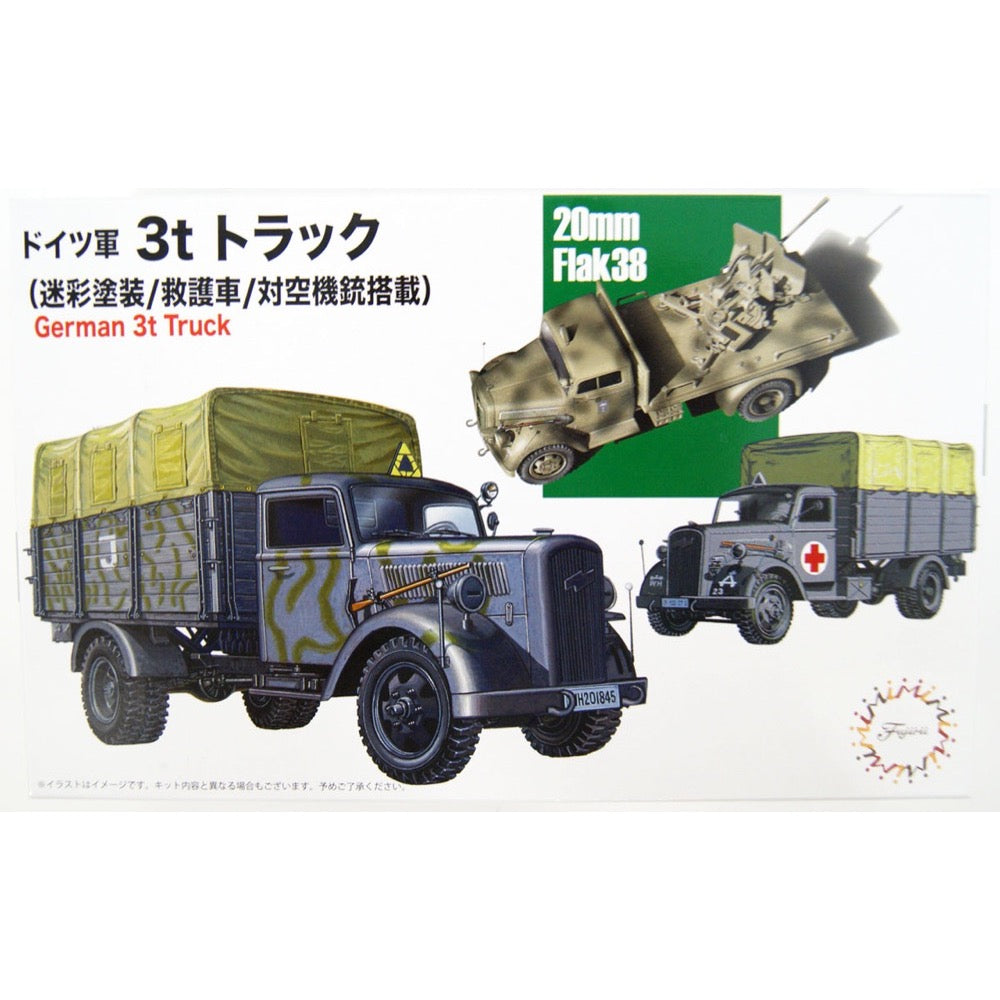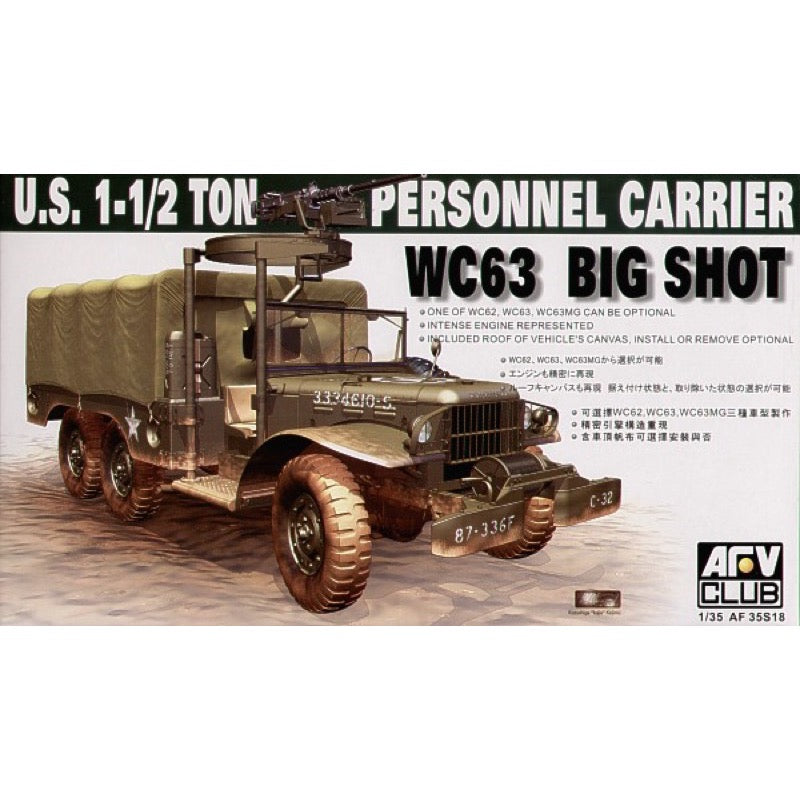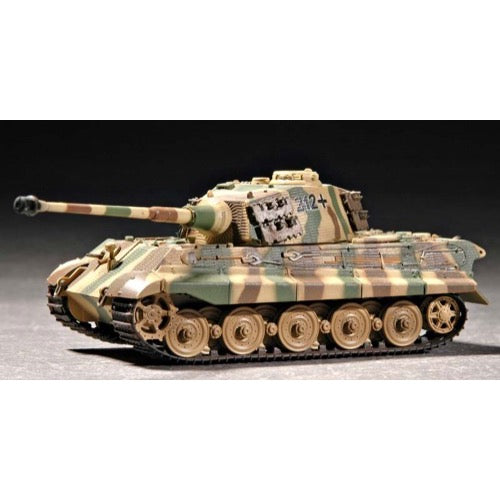
Trumpeter 07291 1/72 Sd.Kfz. 182 King Tiger Henschel Turret with Zimmerit
11.00
$
<p>In January 1943, Germany planned to build a new heavy tank to replace the "Tiger" heavy tank. The German Army Ordnance Directorate tasked Porsche, Henschel and MAN companies to start development. Subsequently, these three companies proposed 4 solutions and made prototypes, namely Porsche's VK4502 (P), Henschel's VK4502 (H) and improved VK4503 (H), MAN's VK4502 (MAN), finally the German Army Ordnance Bureau selected Henschel's VK4503 (H) plan, and mass production began in December 1943, named "Tiger King" (or "Tiger" 2) heavy tank. A total of 489 "King Tiger" tanks were produced from December 1943 to March 1945.</p>
<h3>Features</h3>
<ul>
<li>106 parts in light gray plastic ,2 of full length vinyl tracks Chassis</li>
<li>2-directional slide-moulded lower hull with suspension</li>
</ul>
<ul></ul>
<h3>Specification</h3>
<ul>
<li>Model Dimension: Length: 143mm Width: 53.7mm Height: 43.6mm</li>
<li>Total number of parts: 108pcs</li>
<li>Total number of offset plates: 6 sprues plus lower hull, upper hull, turret, tracks</li>
<ul></ul>
</ul>
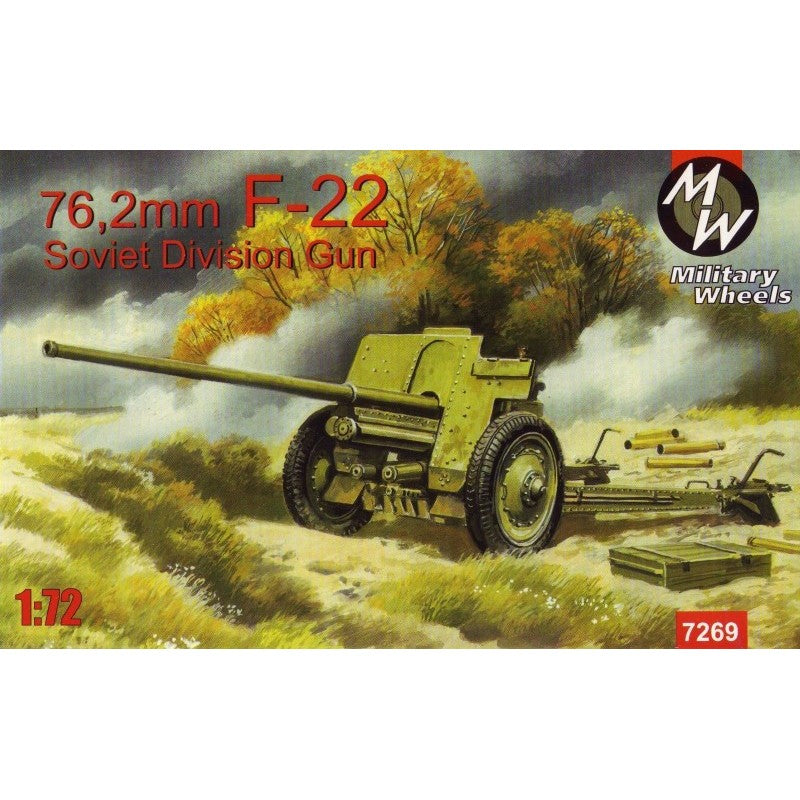
Military Wheels 7269 1/72 F-22 Soviet 76 2mm Division Gun
9.00
$
<p>The F-22 is a Soviet, divisional 76.2 mm towed cannon from the interwar period and World War II. The initial velocity of the shell from this gun was up to 706 m / s, with a maximum range of about 13,600 meters. The rate of fire of the weapon, with a well-trained crew, reached 10-12 rounds per minute. Serial production was carried out in the years 1936-1939 and led to the creation of about 2,950 pieces of this weapon.</p>
<h3>Contents<br>
</h3>
<ul>
<li>Plastic sprue</li>
</ul>
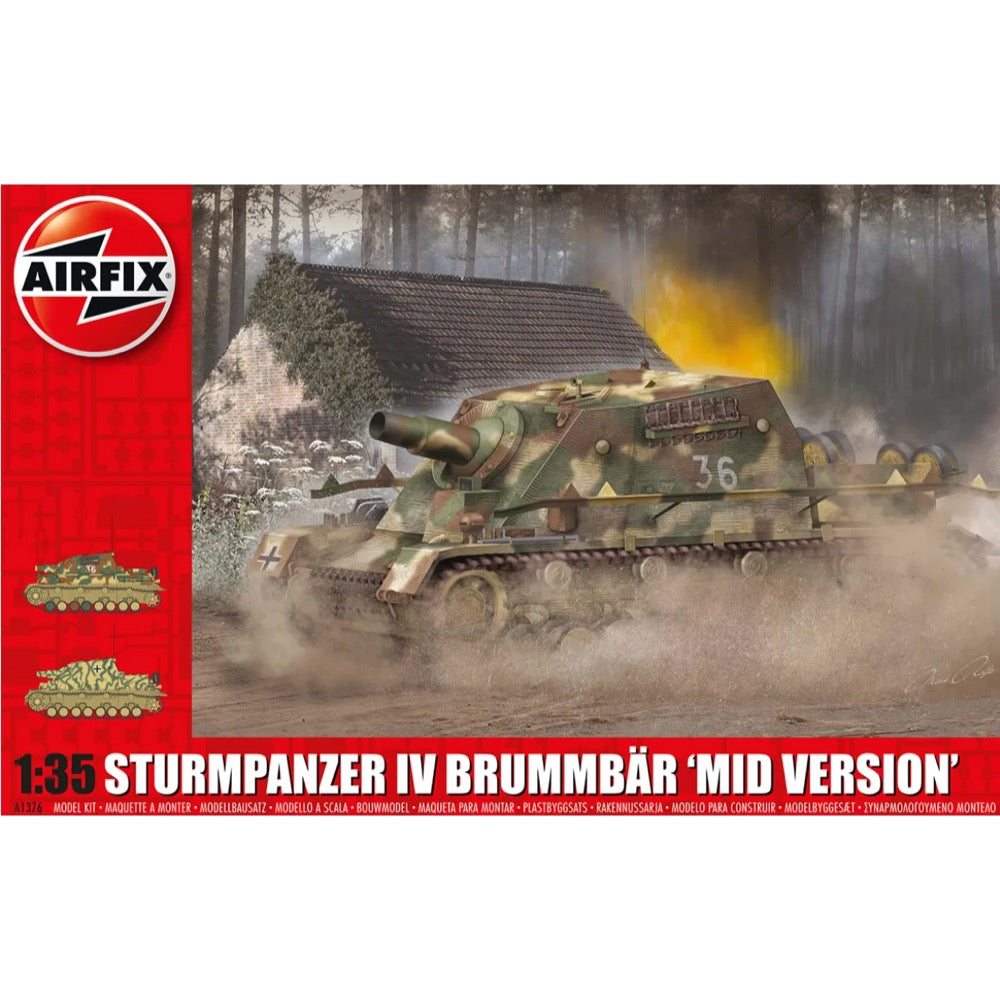
Airfix A1376 1/35 Sturmpanzer IV Brummbar Mid Version
33.00
$
<p>The Sturmpanzer IV is often referred to as the Brummbär, which roughly translates to grumbling or bad-tempered bear, but it is thought that this was an Allied reporting name for the vehicle and not one actually used by the Germans - they simply referred to the assault tank as a Stupa 43, a direct reference to the gun the vehicle used. The Sturmpanzer served with 4 Assault Battalions, with Sturmpanzer-Abteilung 216 being the first committed to combat during Operation Zitadelle and the mighty clash of armour in the Kursk salient. These vehicles would go on to see significant action throughout the Soviet Union, as well as in Poland, Italy and the Battle of Normandy, although as was the case with most German armour during the latter stages of the war, there were never enough serviceable Sturmpanzers available at any one time and as mounting losses could not be replaced effectively, their operational numbers dwindled steadily as the fighting intensified.</p><p>Around 306 Sturmpanzer IVs were built, with only three or four of the distinctive armoured fighting vehicles surviving in various museums to this day.</p><h3>Specifications</h3><ul>
<li>Item Length - Without Packaging (cm): 17</li>
<li>Item Height - Without Packaging (cm): 7.7</li>
<li>Item Width - Without Packaging (cm): 8</li>
<li>Item Scale: 1:35</li>
<li>Contents (what's in the box) sets: Sprues & decals</li>
<li>Finish: Plastic</li>
<li>Number of Scheme options: 2</li>
<li>Skill Level: 3</li>
<li>Flying Hours: 3</li>
</ul>
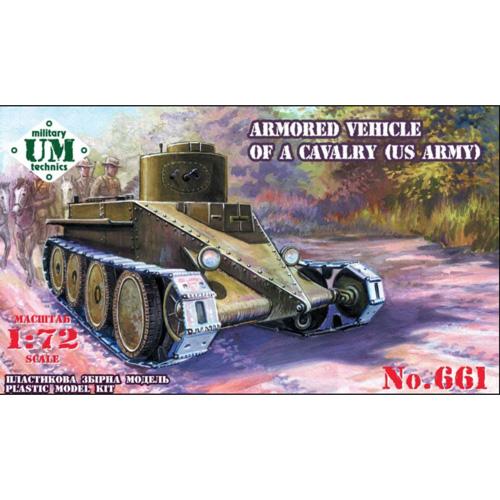
UM Military Tactics 661 1/72 U.S. Armoured Vehicle of a Cavalry
8.00
$
<p>American inventor John Walter Christie in the late 20's and early 30's had engineered several revolutionary tank designs, in which has managed to embody idea of the combination of mobility, firepower and protection for the first time in the world. To this list of his works, combat vehicle "T1 Combat Car", 4 samples of which were purchased by the U.S. army for its cavalry belongs. The design represented a wheeled-tracked machine (8 rubberized rollers) with long, narrow bullet-proof hull, on the top of which was mounted rotary turret armed with 7.62 mm and 12.7 mm twin machine-guns. A powerful engine and spring suspension have provided to the fighting machine high speed, high possibility and maneuverability. Further, high characteristics of these machines were evaluated and used in similar designs of the armored vehicles of a number of countries such as USSR, Poland, England.</p>


